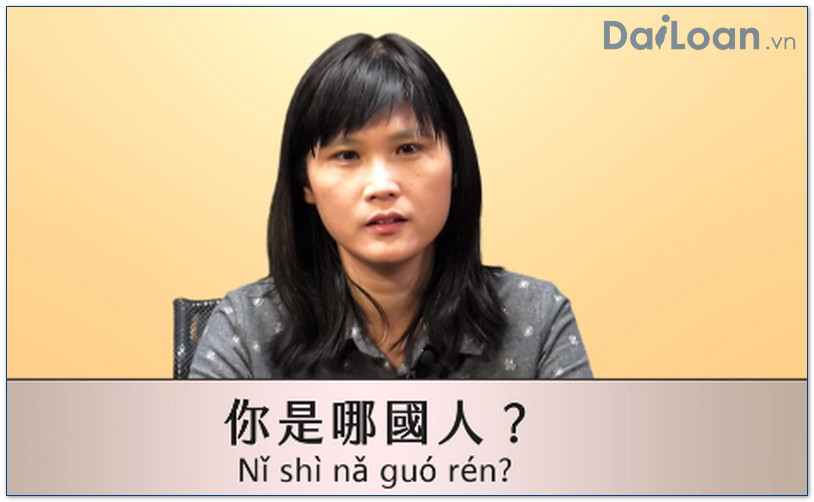The term 解雇 (jiě gù) is an essential concept in the Chinese language, particularly in the context of employment, labor laws, and workplace dynamics. This article will delve into the meaning of 解雇, its grammatical structure, and provide various example sentences to illustrate its use. Engaging with this term will enhance your understanding of both Chinese vocabulary and practical usage in everyday conversations.
1. Meaning of 解雇 (jiě gù)
The Chinese term 解雇 (jiě gù) translates to ‘dismissal’ or ‘to dismiss’ in English. It refers specifically to the termination of an employee’s contract by an employer. The word is often used in professional and business contexts, particularly when discussing workplace policies or rights.
(jiě gù) translates to ‘dismissal’ or ‘to dismiss’ in English. It refers specifically to the termination of an employee’s contract by an employer. The word is often used in professional and business contexts, particularly when discussing workplace policies or rights.
1.1 Contextual Usage
In real-world applications, 解雇 may pertain to various scenarios, including performance issues, company downsizing, or violation of company policies. It’s crucial for non-Chinese speakers and learners to understand the nuances associated with this term as it carries significant implications in the workplace.
2. Grammatical Structure of 解雇
解雇 is composed of two characters:
- 解 (jiě)
 : This character means ‘to solve’ or ‘to loosen.’ In the context of 解雇, it conveys the action of “dismissing” or “releasing” someone from employment.
: This character means ‘to solve’ or ‘to loosen.’ In the context of 解雇, it conveys the action of “dismissing” or “releasing” someone from employment. - 雇 (gù): This character stands for ‘to hire’ or ‘to employ.’ It is intrinsically tied to labor and employment contexts.
The combination of 解 and 雇 effectively communicates the action of “terminating employment.” In Chinese grammar, noun-verb combinations like this are common, allowing for concise expressions of complex ideas.
2.1 Structure Breakdown
When constructing sentences with 解雇, it’s important to place the subject before the phrase:
- Subject + 解雇 + Object
For example, in the sentence  公司解雇了他 (gōngsī jiě gùle tā), which means “The company dismissed him,” the subject is ‘公司’ (the company), followed by the verb ‘解雇’ and the object ‘他’ (him).
公司解雇了他 (gōngsī jiě gùle tā), which means “The company dismissed him,” the subject is ‘公司’ (the company), followed by the verb ‘解雇’ and the object ‘他’ (him).
3. Example Sentences Using 解雇
Understanding how to use 解雇 in context can greatly aid in comprehension and usage. Below are several example sentences that illustrate its application in everyday language:
3.1 Basic Sentences
- 他被解雇了。 (tā bèi jiě gùle.) – “He was dismissed.”
- 公司因为财务问题解雇了员工。 (gōngsī yīnwèi cáiwù wèntí jiě gùle yuángōng.) – “The company dismissed employees due to financial issues.”
- 我听说她可能会被解雇。 (wǒ tīng shuō tā kěnéng huì bèi jiě gù.) – “I heard she might be dismissed.”
3.2 Complex Sentences
- 尽管他努力工作,但最终还是被解雇了。 (jǐnguǎn tā nǔlì gōngzuò, dàn zuìzhōng háishi bèi jiě gùle.) – “Although he worked hard, he was eventually dismissed.”
- 解雇员工的决定还需要经过管理层的批准。 (jiě gù yuángōng de juédìng hái xūyào jīngguò guǎnlǐcéng de pīzhǔn.) – “The decision to dismiss employees still requires approval from the management.”
4. Conclusion
The term 解雇 (jiě gù) plays a vital role in understanding the dynamics of employment in a Chinese context. Mastering its meaning and grammatical structure not only enhances language skills but also facilitates better communication in professional environments. By incorporating example sentences into your learning strategy, you can grasp its application in various contexts, paving the way for clearer interactions in Chinese.
As you continue to advance your knowledge of the Chinese language, keep in mind the significant impact of terms like 解雇 and explore their use in literature, media, and everyday conversations.

Sứ mệnh của Chuyên là giúp đỡ và truyền cảm hứng cho các bạn trẻ Việt Nam sang Đài Loan học tập, sinh sống và làm việc. Là cầu nối để lan tỏa giá trị tinh hoa nguồn nhân lực Việt Nam đến với Đài Loan và trên toàn cầu.
CÓ THỂ BẠN QUAN TÂM
Du học Đài Loan
Lao Động Đài Loan
Việc Làm Đài Loan
Đơn Hàng Đài Loan
Visa Đài Loan
Du Lịch Đài Loan
Tiếng Đài Loan
KẾT NỐI VỚI CHUYÊN
Zalo: https://zalo.me/0936126566
Website: www.dailoan.vn



